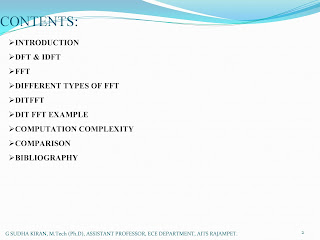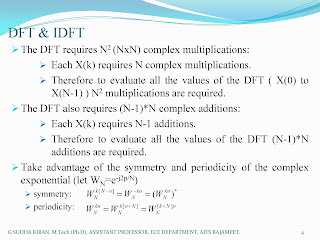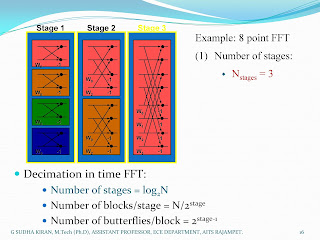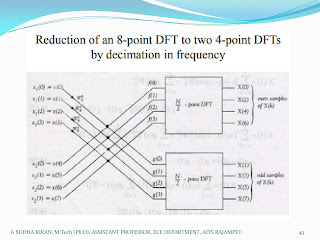In mathematics and signal processing, the Z-transform converts a discrete-time signal, which is a sequence of real or complex numbers, into a complex frequency-domain representation.
It can be considered as a discrete-time equivalent of the Laplace transform. This similarity is explored in the theory of time-scale calculus.
History:
The basic idea now known as the Z-transform was known to Laplace, and it was re-introduced in 1947 by W. Hurewicz and others as a way to treat sampled-data control systems used with radar. It gives a tractable way to solve linear, constant-coefficient difference equations. It was later dubbed "the z-transform" by Ragazzini and Zadeh in the sampled-data control group at Columbia University in 1952.
The modified or advanced Z-transform was later developed and popularized by E. I. Jury.
The idea contained within the Z-transform is also known in mathematical literature as the method of generating functions which can be traced back as early as 1730 when it was introduced by de- Moivre in conjunction with probability theory. From a mathematical view the Z-transform can also be viewed as a Laurent series where one views the sequence of numbers under consideration as the (Laurent) expansion of an analytic function.
Now concentrates on Z transforms properties.
Recall the Z-transforms properties with statements and proofs.




















































